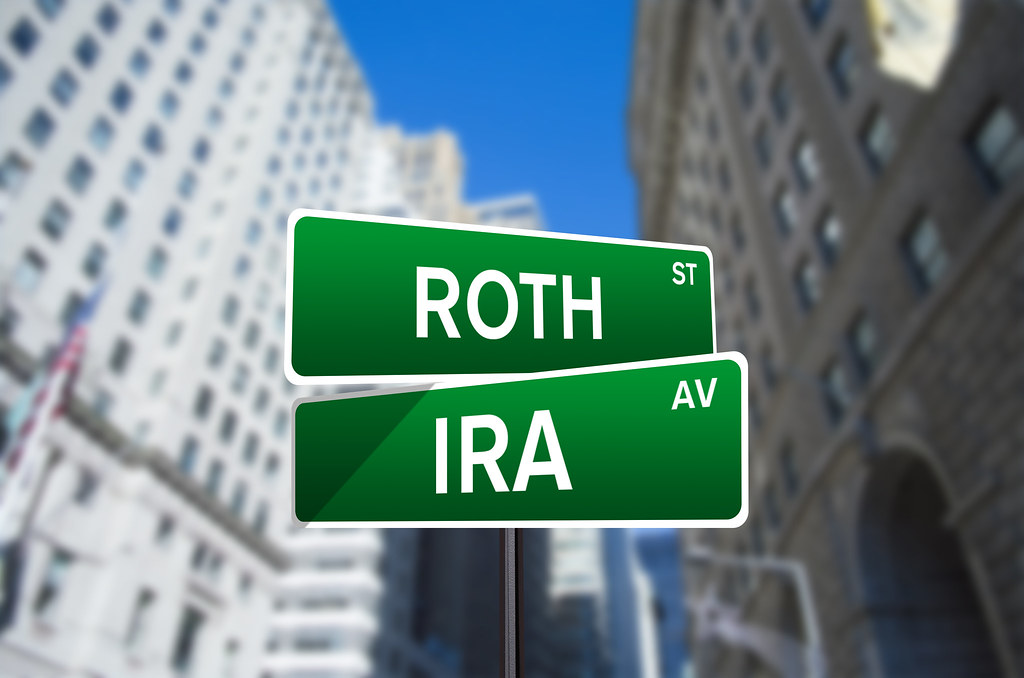Still looking for ways to keep the IRS’s hand out of your pocket at tax time? If so, you still have time to make the maximum retirement plan contributions for 2024.
Every $100 of deductions you gather now can reduce your federal tax bill by up to $37 next April. Here are some possibilities.
- For 2025 you can contribute $23,500 to 401(k)s, 403(b)s, 457 plans and the government Thrift Savings Plan (TSP).
- If you’re 50 or older and take advantage of the catch-up contribution, you can contribute an additional $7,500.
- If you are 60-63 years old, you have a higher catch-up contribution available. You can contribute $10,000 rather than the standard $7,500.
- Retirement plan contributions must be made by December 31st to count toward your current year deductions.
- You can make a tax-deductible contribution of up to $7,000 dollars to a Traditional or Roth IRA; $8,000 if you’re 50 or older. You have until April 15 of next year to make your IRA contribution for this year.
- If you are self-employed, you can contribute to a Simplified Employee Pension (SEP). Maximum contribution for 2025 is $70,000.
- Contributions to SIMPLE IRA retirement accounts goes to $16,500. The catch-up contribution limit for SIMPLE plans in 2025 is the greater of $5,000 or 150% of the regular age 50 catch-up contribution limit.
The 2024 income ranges for determining eligibility to make deductible contributions to Traditional IRAs and Roth IRAs have also been adjusted upward for inflation.
Taxpayers can deduct contributions to a traditional IRA if they meet certain conditions. If during the year either the taxpayer or the taxpayer’s spouse was covered by a retirement plan at work, the deduction may be reduced, or phased out, until it is eliminated, depending on filing status and income. (If neither the taxpayer nor the spouse is covered by a retirement plan at work, the phase-outs of the deduction do not apply.) Here are the phase‑out ranges for 2025:
- For single taxpayers covered by a workplace retirement plan, the phase-out range is increased to $79,000-$89,000.
- For married couples filing jointly, if the spouse making the IRA contribution is covered by a workplace retirement plan, the phase-out range is increased to $126,000-$146,000.
The income phase-out range for taxpayers making contributions to a Roth IRA is increased to:
- $150,000-$165,000 for singles and heads of household.
- For married couples filing jointly, the income phase-out range is increased to $236,000-$246,000.
With all these numbers about how much you can contribute in 2024, don’t forget the Required Minimum Distribution (RMD) side of the discussion. With the retirement plan changes that resulted from the SECURE Act 2.0, there’s been some confusion about when RMDs must take place. SECURE 2.0 raised the age to begin required distributions to 73. Don’t confuse that with the old law which required RMDs a year earlier. Taking a distribution before you’re required to means you’ll pay federal and state taxes on a distribution you didn’t have to take.
Now is a good time to adjust your contributions so you can begin the new year with a goal of maxing out your retirement savings.
Disclaimer
This information is presented for informational purposes only and does not constitute an offer to sell, or the solicitation of an offer to buy any investment products. None of the information herein constitutes an investment recommendation, investment advice or an investment outlook. The opinions and conclusions contained in this report are those of the individual expressing those opinions. This information is non-tailored, non-specific information presented without regard for individual investment preferences or risk parameters. Some investments are not suitable for all investors, all investments entail risk and there can be no assurance that any investment strategy will be successful. This information is based on sources believed to be reliable and Alhambra is not responsible for errors, inaccuracies, or omissions of information. For more information contact Alhambra Investment Partners at 1-888-777-0970 or email us at info@alhambrapartners.com.




